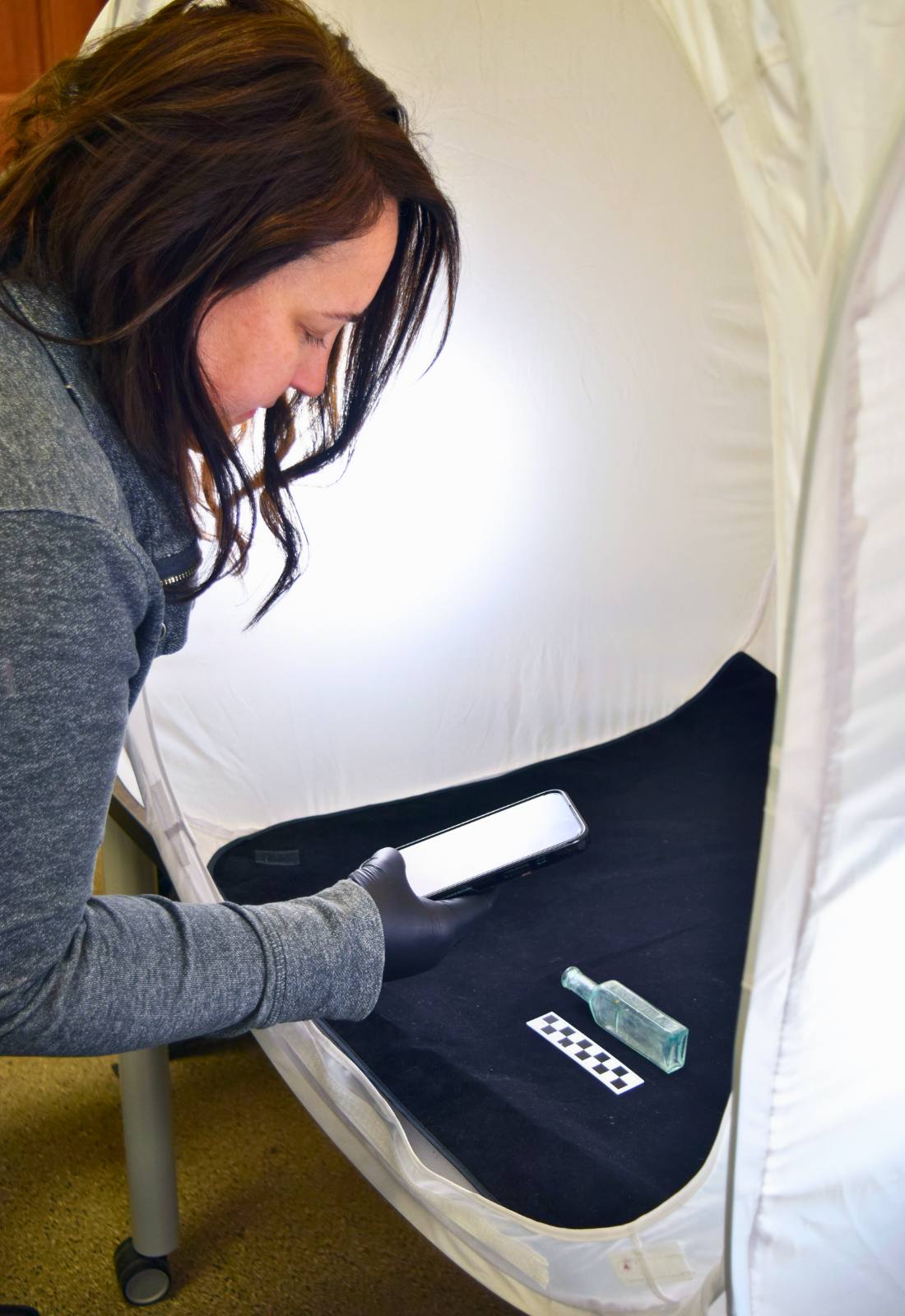Grosscup Museum of Anthropology makes collections publicly accessible with new digital database
 Wayne State University’s Grosscup Museum of Anthropology, home to a vast array of artifacts from around the world, is now making its collections accessible to a global audience.
Wayne State University’s Grosscup Museum of Anthropology, home to a vast array of artifacts from around the world, is now making its collections accessible to a global audience.
“We’ve been working to make this happen for several years,” said museum co-director Megan McCullen. “We’ve used PastPerfect’s museum software internally for nearly two decades, but this expansion allows us to share parts of our database with the public for the first time.”
This effort addresses a long-standing challenge faced by the museum: space limitations. While the museum houses more than half a million artifacts, only a fraction can be displayed in the gallery at any given time. By making key items accessible online, the museum broadens its reach, allowing users to explore its treasures from anywhere.
Wayne State students have played an integral role in the artifact digitization process. They assist with data standardization, object photography and research to create detailed descriptions for online entries. This hands-on experience aligns with WSU’s College to Career initiative, equipping students with valuable skills in database management and collections care—preparing them for careers in museums and beyond.
Sarah Pounders, a graduate student in anthropology who has worked with the collections, even has a favorite artifact. “It's a bottle of Perry Davis Pain Killer, which is one of the first patent medicines commercially produced,” she said. “It was excavated at the Bandemer’s Hotel site here in Detroit."
Alongside fellow student researchers, Pounders studies the lives of the women who worked in a brothel that operated out of the hotel. "This is a good indicator of their personal care practices, and it’s amazing to find a whole bottle like this.”
While only a small percentage of the Grosscup's collection has been digitized, the museum plans to add all new acquisitions to the database while selectively backfilling other pieces. The focus will be on showcasing items that tell compelling stories about Detroit’s history and its connection to global cultures.
Some historical Detroit artifacts included are Vernor’s bottle fragments, Jewish bathhouse floor tiles and musket balls, which help visitors imagine the lives of the people who used these items. “These objects bring history to life and forge an emotional connection for those viewing them,” said McCullen.
Artifacts from significant Detroit locations, such as Hart Plaza, the Renaissance Center, the Brewster-Douglass housing projects and Historic Fort Wayne will be among the first featured in the new online database. As the database grows, additional objects from these and other sites will be added, offering an ever-expanding resource for researchers, students and anyone passionate about Detroit’s past.
Scholars, students and the public are invited to explore the collections and uncover the stories they hold. Browse the database at go.wayne.edu/anthro-database.